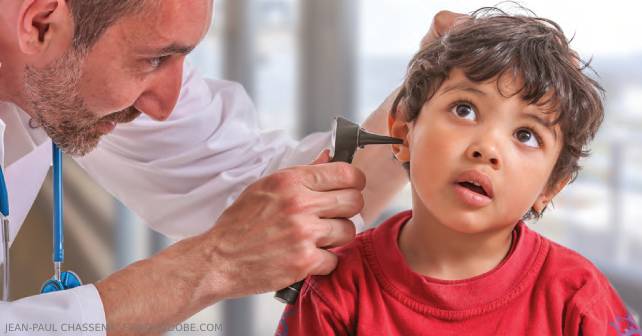
The best questions often stem from the inquisitive learner. As educators, we love—and are always humbled—by those moments when we get to say “I don’t know.” For some of these questions, you may already know the answers. For others, you may never have thought to ask the question. For all, questions, comments, concerns, and critiques are encouraged. Welcome to the Kids Korner.
Explore This Issue
ACEP Now: Vol 43 – No 05 – May 2024In Children, How Successful Are Emergency Physicians at Extracting External Auditory Canal Foreign Bodies?
Kids stick everything everywhere. In general, the type and the location of the foreign body (FB) dictates the need for a speedy extraction. Airway FBs mostly likely need to be dealt with immediately. Button batteries tend to be the most concerning FBs in any orifice above the level of the stomach (i.e., ears, nose, mouth). But what about those instances of a non-button battery foreign body in the external auditory canal (EAC)? How quickly do they need to be removed? Does it warrant a transfer or a late-night consult to pull a bead out of a kid’s ear? Are we—as emergency physicians—always the best person to go after it?
So how successful are we at extracting the EAC FB? A recent 5-year retrospective study of 1,197 pediatric patients at a single institution studied 759 kids (63.4 percent) primarily presenting to the ED and 438 (36.6 percent) children presenting initially to an outpatient otolaryngology clinic.1 In the ED cases, the EAC FB was present less than 24 hours in most cases (74 percent), while it was present less than 24 hours in only 11 percent of the outpatient clinic. Overall, FBs had been present for longer when patients presented to outpatient clinics. In ED cases, the EAC FB was successfully removed in 67.9 percent of ED pediatric patients compared to 92.9 percent of the otolaryngology clinic patients. In patients who had a failed ED FB extraction (n=186) the otolaryngology clinic was still able to successfully extract 146/186 (78.5 percent) of these originally unsuccessful EAC FBs. The most common types of FBs that resulted in failed ED attempts were beads, rocks, and popcorn seeds—items with a hard texture and which are notoriously difficult to grasp.
Complications also were more commonly reported in the ED setting (35.7 percent) compared to the outpatient otolaryngology clinic (5 percent). Complications included patient agitation, bleeding, irritation, EAC laceration, swelling, TM perforation, and pushing the FB closer to TM. While some of these complications are clinically significant, others may not be.
Pages: 1 2 3 | Single Page




No Responses to “Extracting External Auditory Canal Foreign Bodies”